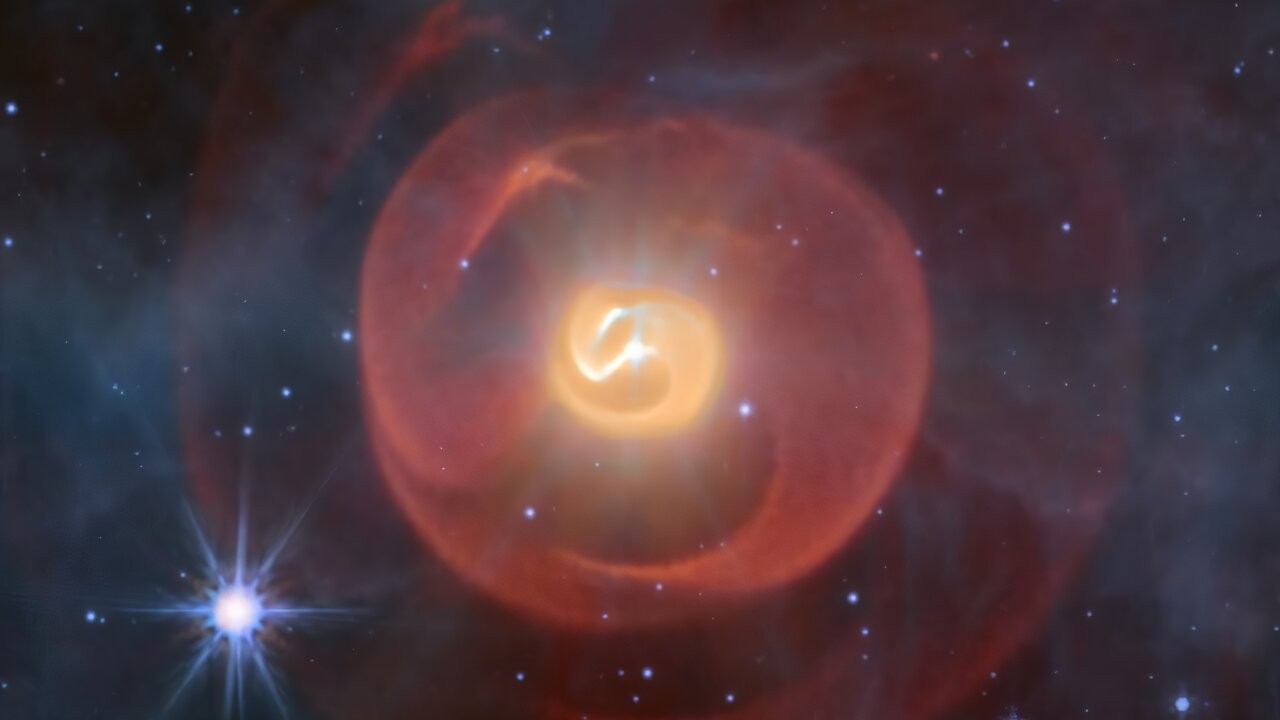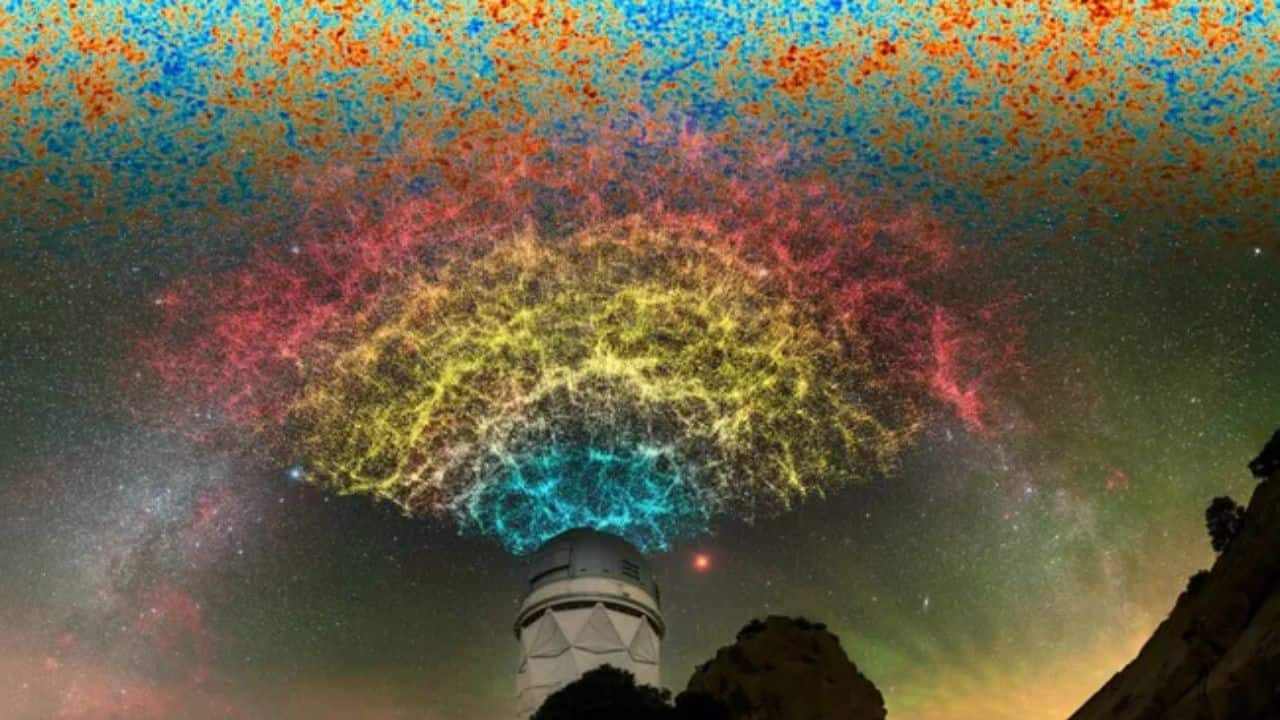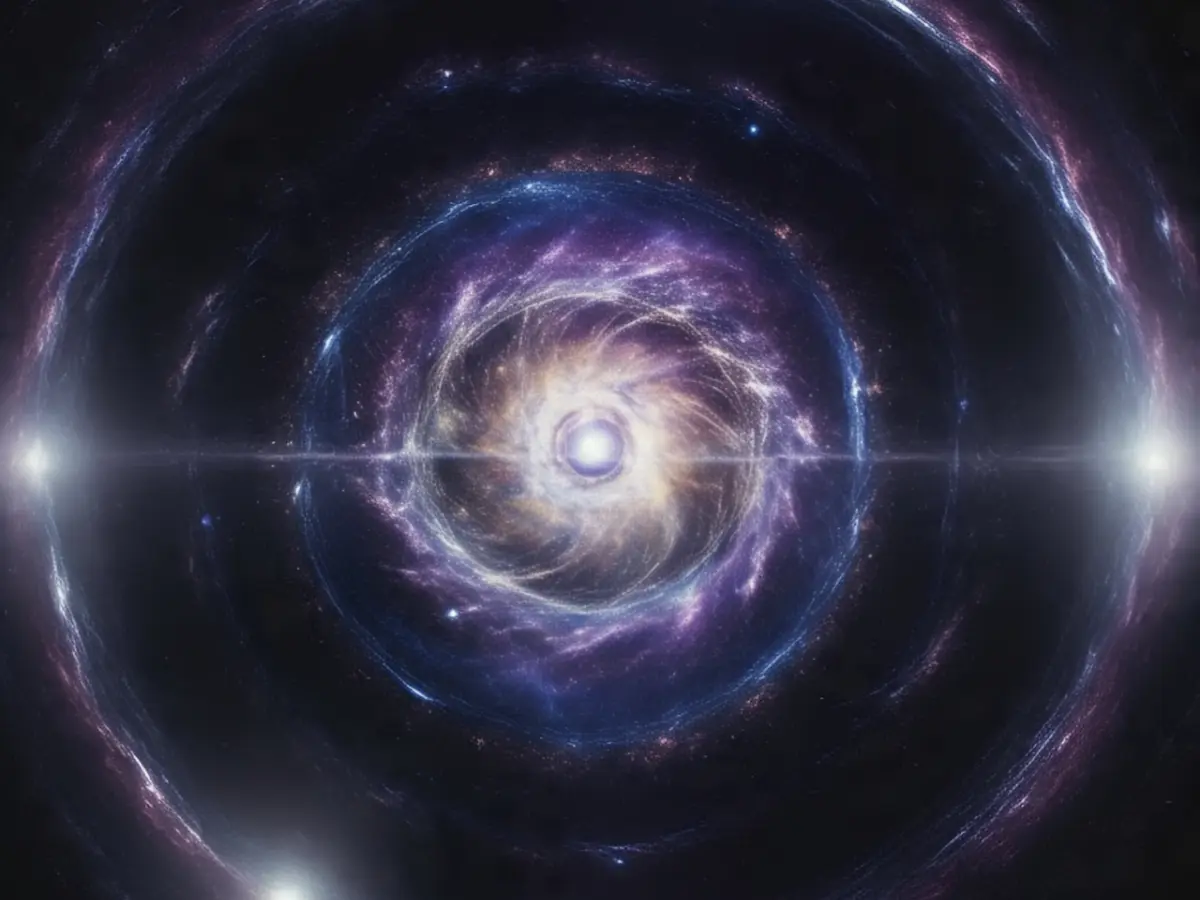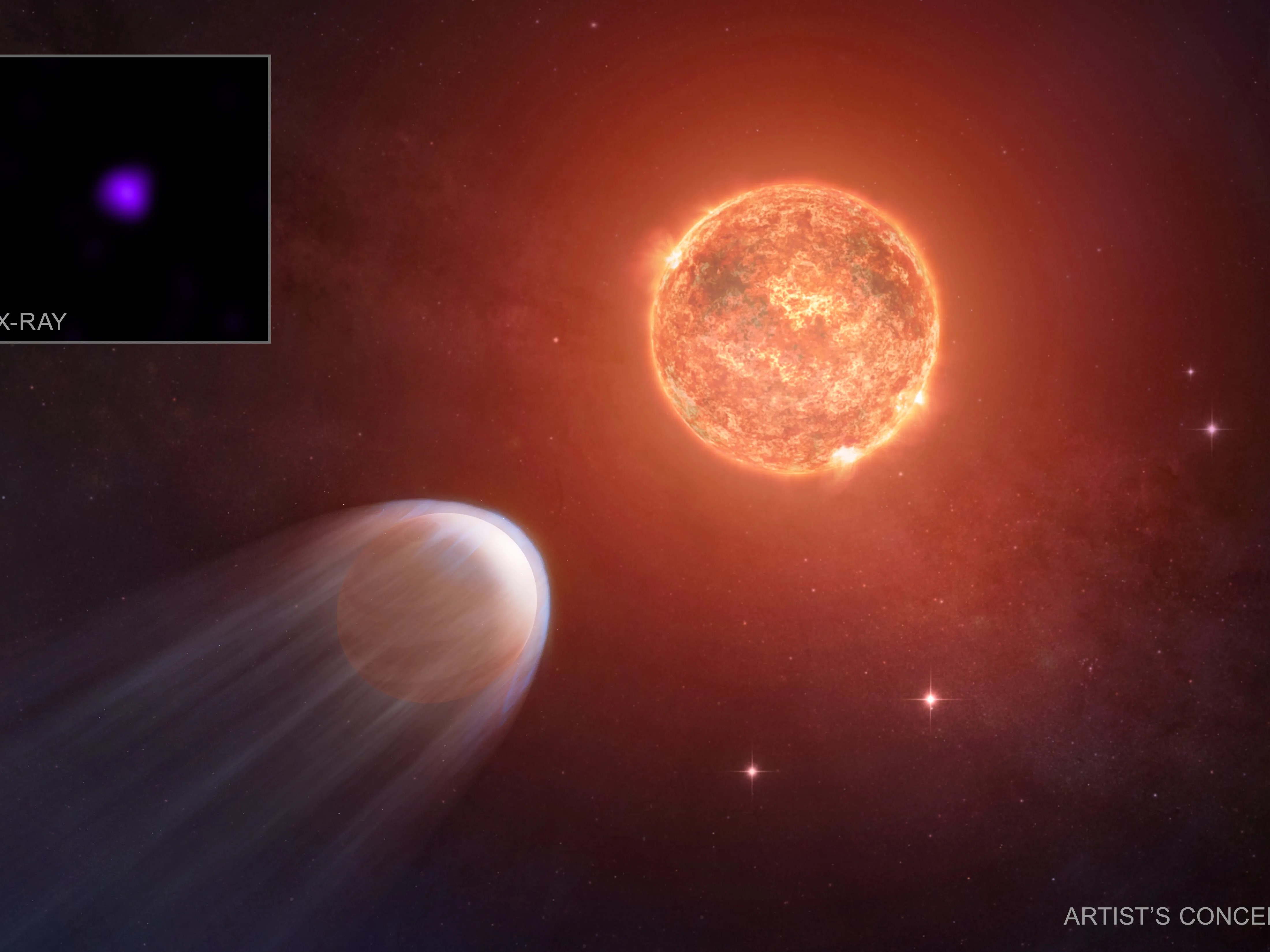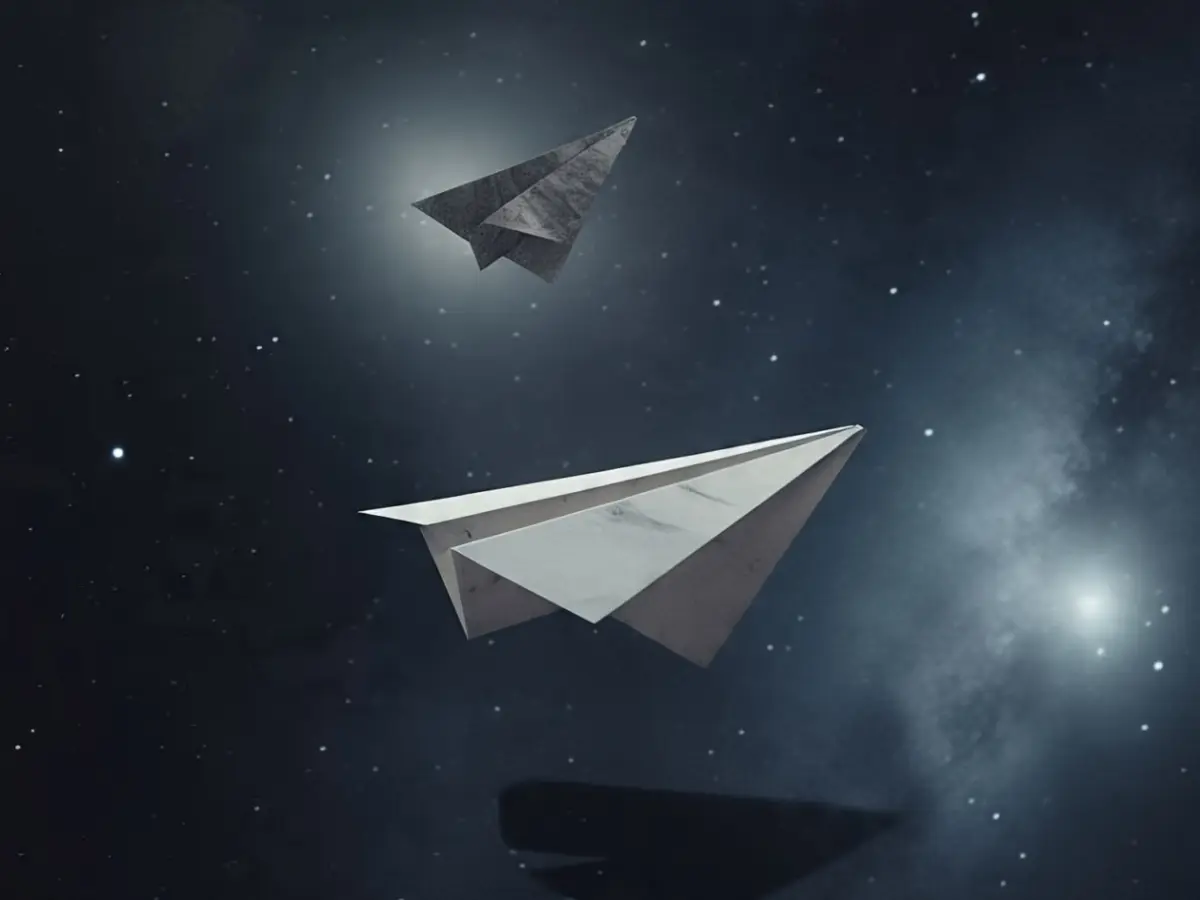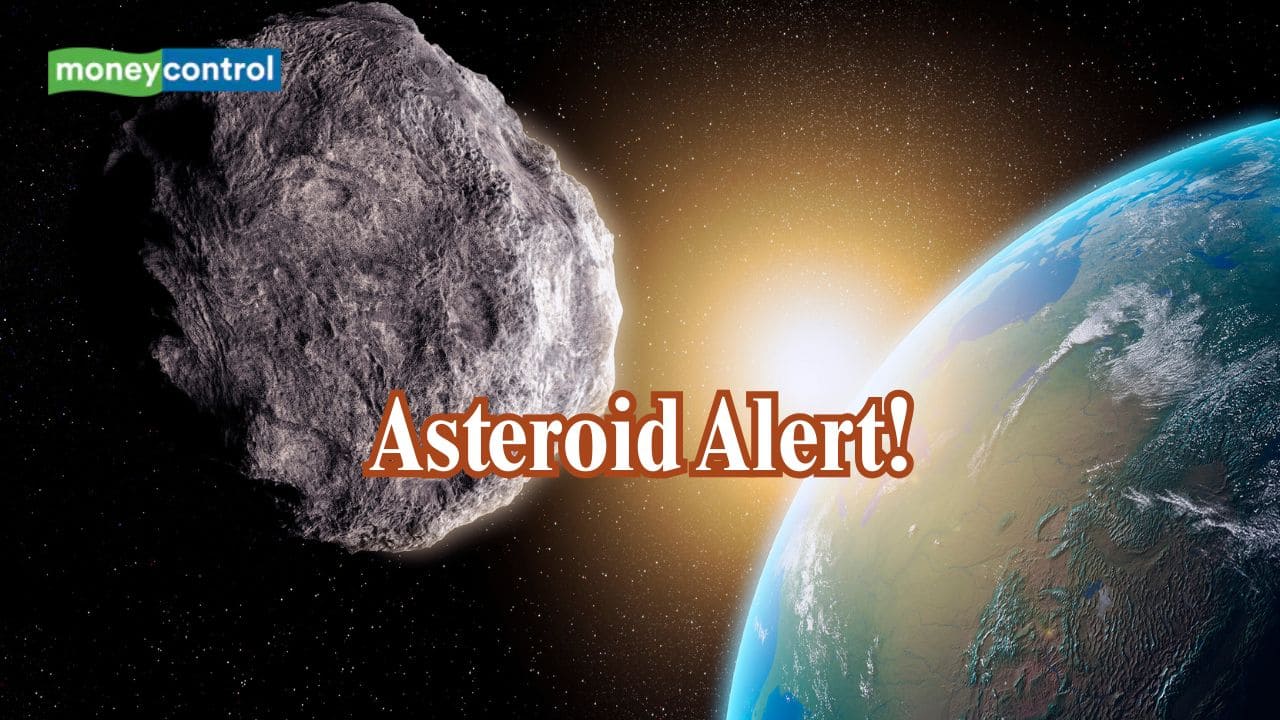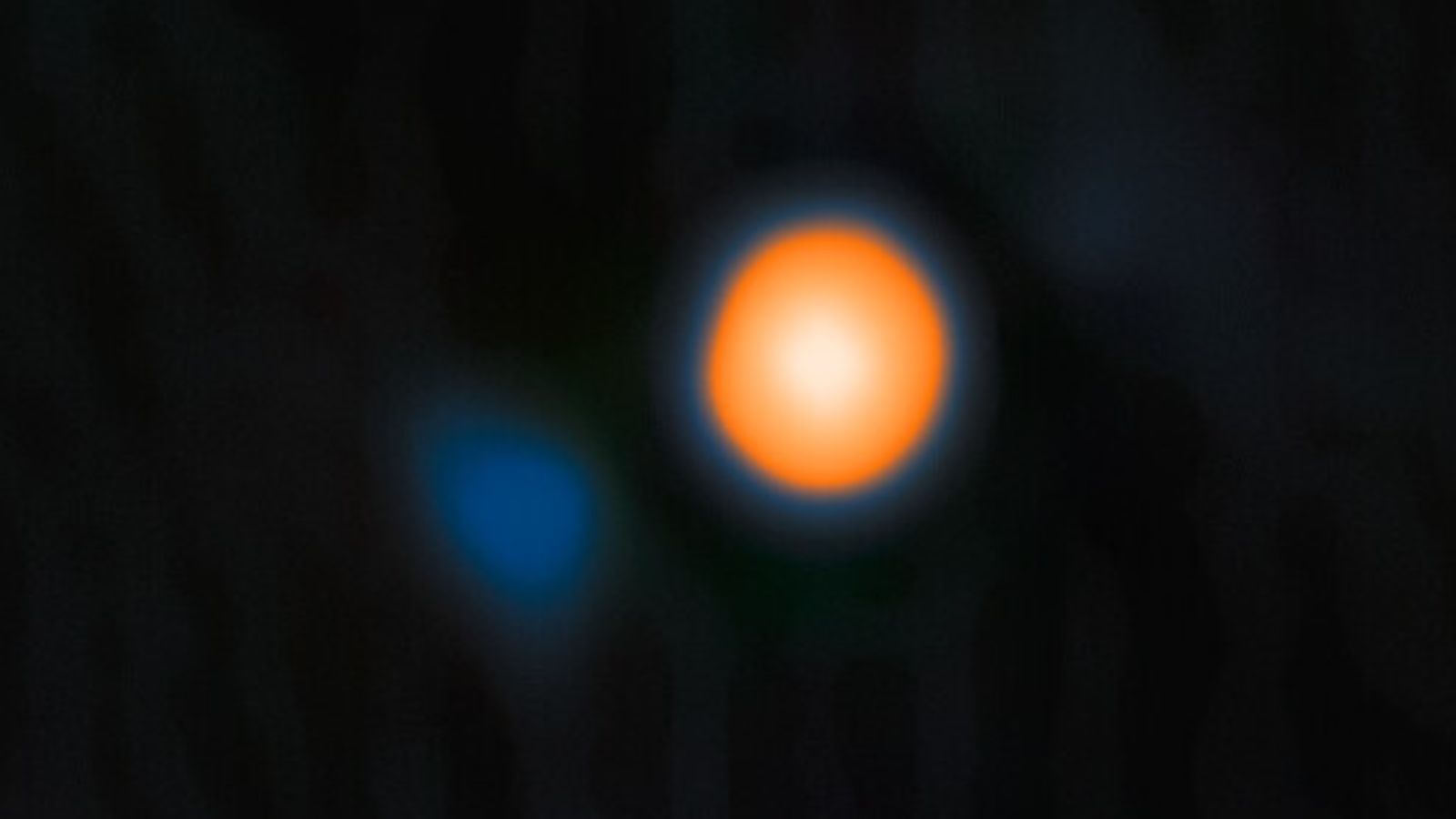Is This Interstellar Comet an Alien Spaceship? Hubble’s Spooky Discovery Revealed!

What if I told you there's a cosmic stranger speeding through our solar system that might be older than our very existence? That’s right! The Hubble Space Telescope has recently captured some hair-raising images of a mysterious interstellar object, 3I/ATLAS, that’s turning heads and sparking imaginations across the globe.
This extraordinary object made its entrance into our solar system this month, careening through the outer edges of the Sun's influence. Initially spotted as a comet, scientists soon realized its staggering speed left no doubt about its extrasolar origins. In fact, 3I/ATLAS is only the third interstellar object ever detected, making its appearance an astronomical event of epic proportions!
What’s more astonishing is that it's on a collision course towards our solar system's heart, giving astronomers a golden opportunity to observe and study this cosmic visitor. It's believed that this comet may have originated from the very heart of our galaxy, hinting at a history that could predate not just our solar system but perhaps even our planet!
Thanks to the keen eye of an amateur astronomer going by the name astrafoxen on Bluesky, we now have a stunning visual of this fast-moving object. They edited together a couple of short timelapses showcasing 3I/ATLAS's breathtaking speed—clocking in at a jaw-dropping 137,000 miles per hour relative to the Sun!
The images taken by Hubble show the comet's coma—a luminous halo of gas and dust—fluffing out around its solid core. This glowing mass can extend into a tail that stretches for hundreds of thousands of miles, creating a spectacle that’s truly out of this world.
Historically, we’ve only met a couple of interstellar objects before this one. Remember 'Oumuamua from 2017, famed for its cigar shape? Or the even stranger Borisov, which broke apart as it passed through our solar system? Now, with 3I/ATLAS arriving, it feels like we’re on the brink of an extraterrestrial chapter in our cosmic story.
Yet much about 3I/ATLAS remains a puzzle. How large is it? What secrets does it hold? Based on its incredible speed and trajectory, astronomers believe it may have been ejected from its original star system—a dramatic exit that likely contributes to its high velocity. Some scientists speculate that this comet could be a staggering three to eleven billion years old, an age that could explain how it has gained such incredible speed.
The cosmic clock is ticking, and we’re fortunate to have spotted 3I/ATLAS early in its journey—unlike 'Oumuamua, which was practically gone before we could get a good look. 3I/ATLAS is expected to reach its closest point to the Sun, or perihelion, around October 30, a mere 130 million miles away. This gives astronomers ample time to unravel the mysteries shrouding this comet, including its origins in the Milky Way and whether it might have extraterrestrial implications. Could it be an alien spacecraft? Now that’s a question worth pondering!


